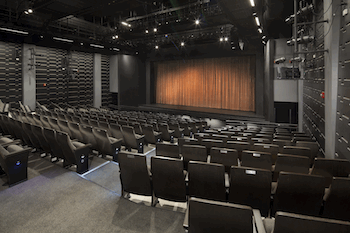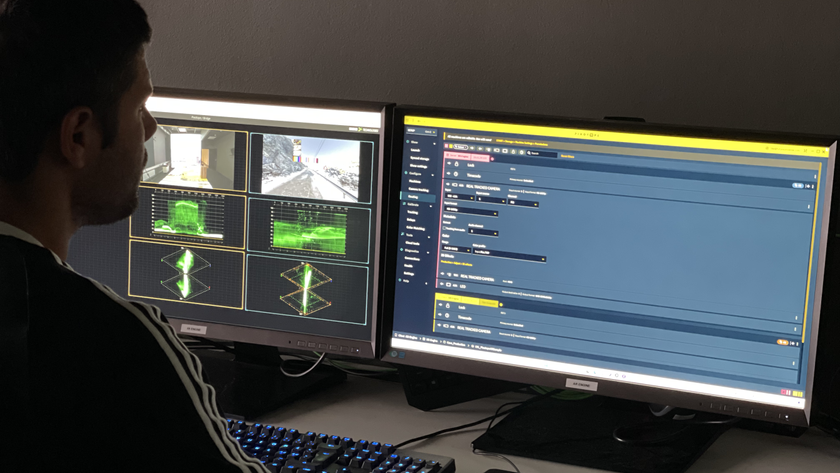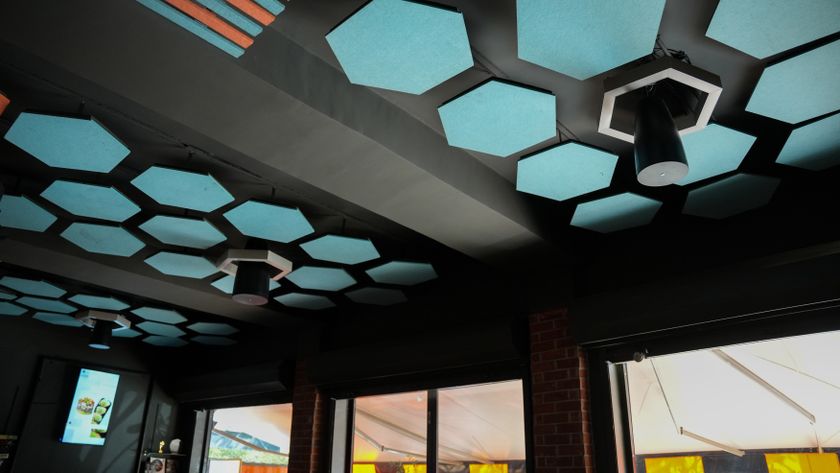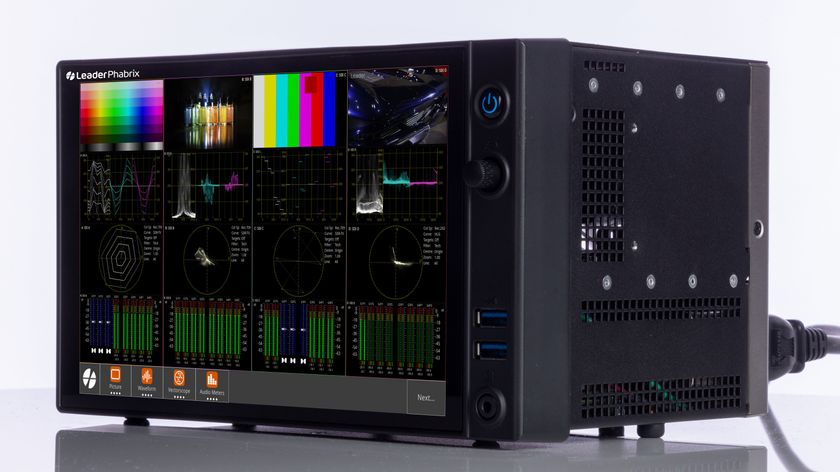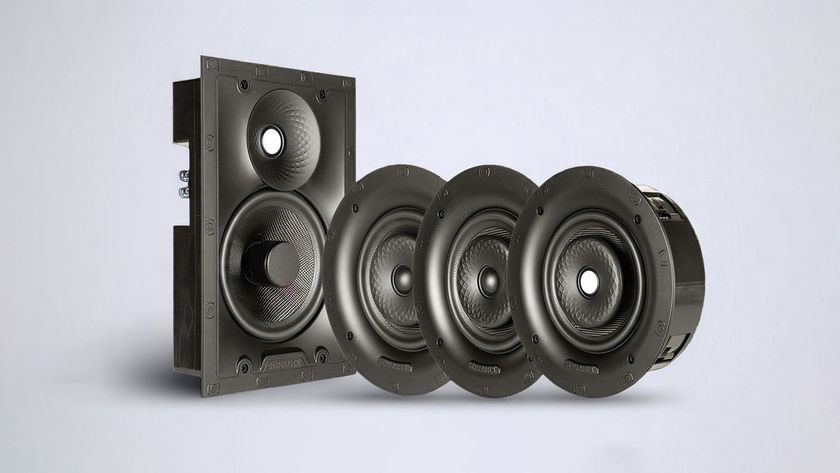New York, NY--The Boston Conservatory’s Hemenway Project involved the renovation of the existing 23,000 square foot main stage theatre, located at 31 Hemenway Street, and an additional 15,000 square feet on an adjacent vacant lot at 27 Hemenway. The new space, the first major facilities initiative for the institution in 50 years, creates a centerpiece for the campus of the renowned college, offering degrees in music, dance, and musical theatre.
Photo courtesy of Bruce T. Martin Photography.
Auerbach Pollock Friedlander, performing arts/media facilities planning and design, provided theatre and audio-video consulting for the project and collaborated with Handel Architects and acoustician Kirkegaard Associates to reconfigure the existing 300-seat theatre, creating a new orchestra pit, modern seating with improved sightlines, new front of house lighting catwalks, enhanced backstage support facilities including shops, storage and dressing rooms, improved ADA accessibility, a new lighting and sound control booth, and street level and upper level lobbies.
“This project represents a truly significant improvement to The Boston Conservatory’s facilities and we were pleased to be able to participate in the effort,” said principal in charge, Steven Friedlander. “I designed an opera in the space many years ago when I was working as a theatre lighting designer in Boston. So, it was particularly enjoyable for me to collaborate on the renovation.”
The firm also designed new theatrical systems including motorized rigging, orchestra pit infill platforming, theatrical lighting and audio-video systems for the theatre, which hosts all major performances by the Dance and Theater Divisions, as well as music division performances by the opera department, wind, percussion and brass ensembles and Hemenway Strings, the strings honors ensemble of accomplished students.
“One advantage in working on a renovation project like the Boston Conservatory is that the users who will be running the facility are already on staff," said project manager Daniel Mei. "This gave us an opportunity to sit down early in the design process with the production staff and gather information about their ‘wish list’ of improvements to the facility and to the quality of their productions. We were then able to address many of their needs within the design of the overall project, the budget and existing building constraints.”
